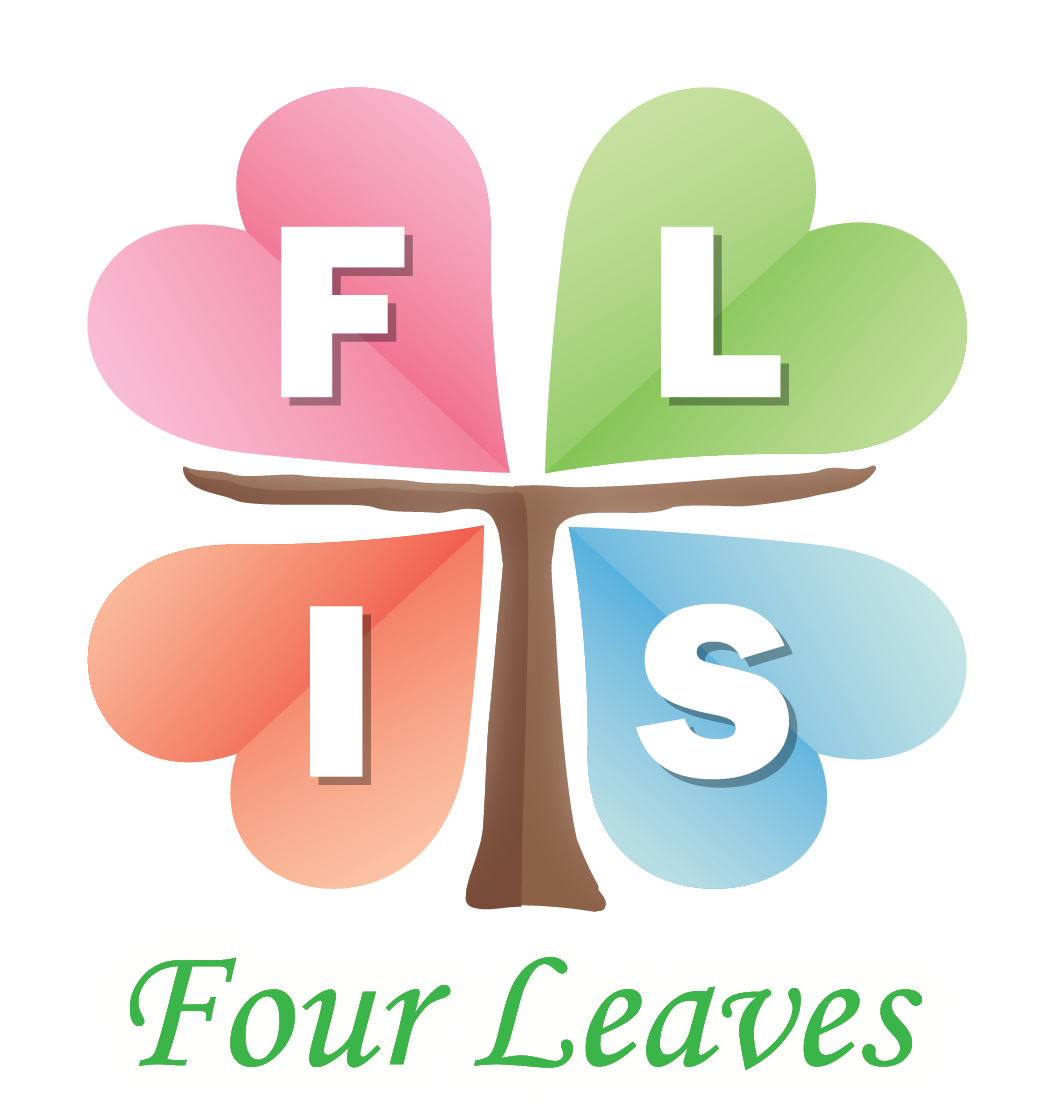Nurturing cultural identity in our youngest global citizens
Welcome to Four Leaves International School Tokyo — a place where every child’s story matters. In a world rich with diversity and shifting cultural landscapes, even our youngest learners carry beautiful, multifaceted identities. During my research with children aged 4 to 6 in Tokyo, I explored how they express who they are — through language, art, food, and storytelling. The findings were both theoretically illuminating and emotionally profound.
Why cultural identity in early childhood matter?
According to sociocultural theorists such as Bruner (1996) and Rogoff (2003), identity is not fixed — it is constructed through experience, through stories, symbols, and interactions. Children aged 4 to 6 are at a critical developmental stage for forming a sense of self (Piaget, 1952; Vygotsky & Cole, 1978), and when we offer them culturally responsive environments, we support both cognitive growth and emotional well-being (Derman-Sparks & Edwards, 2010).
What the children taught us
Through child-led discussions, drawing activities, and family storytelling, we discovered that children express their cultural identities through:
🍜 Food: “Ramen and sushi are so famous in Japan!”
🗣 Language: “I speak Chinese with Mommy… and English with Daddy.”
🏯 Cultural traditions: “We were wearing kimono at the temple.”
🌐 Global-local experiences: “I went to DisneySea. My sister was bossy. I was bored.”
These narratives reflected what Nelson (2007) calls "identity through storytelling" — a process where children build self-understanding by sharing meaningful experiences.
Multilingualism as an identity marker
Language was central. Children didn’t just speak languages — they lived them. As Cummins (2001) and Li & García (2014) argue, multilingual children don’t separate their languages; they use them fluidly to express identity, negotiate relationships, and participate in multiple cultural worlds.
In one art-based activity (“My Language Buddy”), children color-coded body parts to match languages they speak, hear, or feel. One child said:
“Yellow, because I’m gonna do Chinese.”
This act of embodied meaning-making aligns with Bruner’s (1996) view of symbolic activity as identity work.
Family and social belonging
Across all activities, children referenced family as their emotional and cultural anchor — a key point echoed by Harkness et al. (2013) in their developmental niche framework. Parents shaped language use, food culture, and even emotional narratives:
“If no Daddy and Mommy, you cannot make our food.”
Friendships also served as identity-building tools, as children worked through feelings of connection and conflict (“My best, best friend is Mary… Leo hurt me”).
For future parents & staff
What does this mean for us, as educators and caregivers?
Children need space to tell their stories, both visually and verbally.
Multilingualism is a strength, not a challenge.
Families are partners, not observers.
Culture lives in small things: favorite foods, bedtime languages, photo albums, and drawings.
By nurturing these everyday expressions, we create environments where every child feels seen, safe, and celebrated — just as Derman-Sparks and Edwards (2010) envisioned in their anti-bias education model.
For futher reading
Bruner, J. (1996). The Culture of Education.
Rogoff, B. (2003). The Cultural Nature of Human Development.
Cummins, J. (2001). Language, Power, and Pedagogy.
Li, W. & García, O. (2014). Translanguaging: Language, Bilingualism and Education.
Nelson, K. (2007). Young Minds in Social Worlds.
Derman-Sparks, L. & Edwards, J. O. (2010). Anti-Bias Education for Young Children and Ourselves.
Harkness, S., Super, C. M., & Mavridis, C. J. (2013). Culture and the Developmental Niche.
One last thing
Let’s continue building classrooms — and homes — where children are encouraged to say with pride:
“This is who I am… and I love it.”
With gratitude to the families, educators, and especially the children of FLIST who shared their worlds so openly. This is for you.



